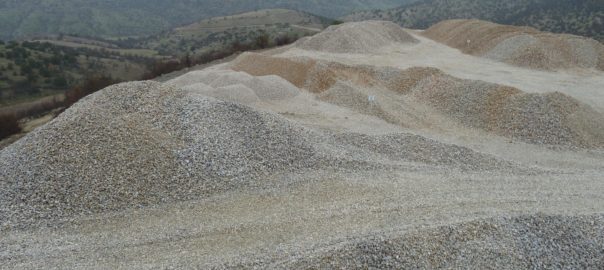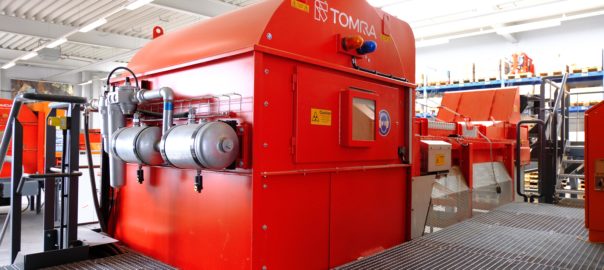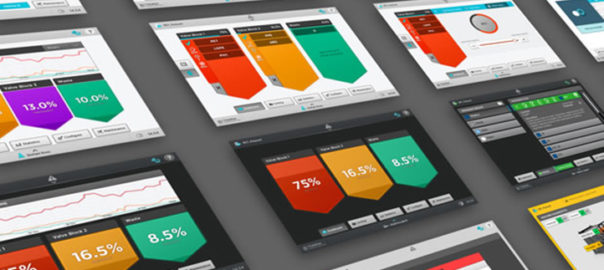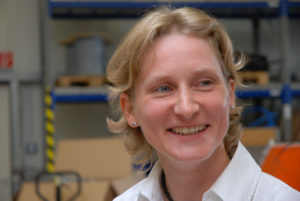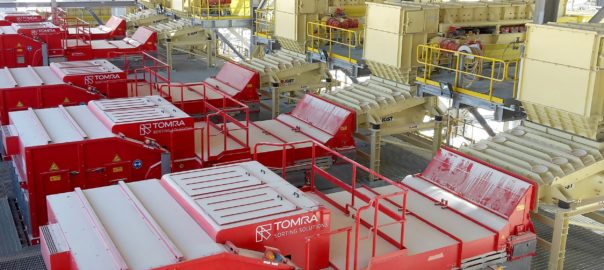When it comes to particle sorting, size is everything. Whether used as a primary sorting method in smaller operations where product purity is paramount to profits, or in a scavenger setup downstream to capture value once lost to tailings, particle sorters are becoming more and more commonplace across the mining world.
They have featured in flowsheets in the industrial minerals space for decades, but they are now finding their way into metal operations all over the world as miners look to boost recoveries, reduce their energy consumption and, in many instances, rationalise their water use.
This makes TOMRA Mining’s latest advances in sensor-based ore sorting all the more significant.
The company is now breaking ground with a new ejection module for its COM Tertiary XRT (X-ray Transmission) sensor-based sorter specifically developed for sorting small particle sizes.
The COM Tertiary XRT Fines sorter, featuring the new TS100C module and the recently introduced image processing unit, is capable of sorting particle sizes down to 4 mm in high-capacity applications with much higher energy efficiency, delivering a high-quality product at low operating costs, according to the company.
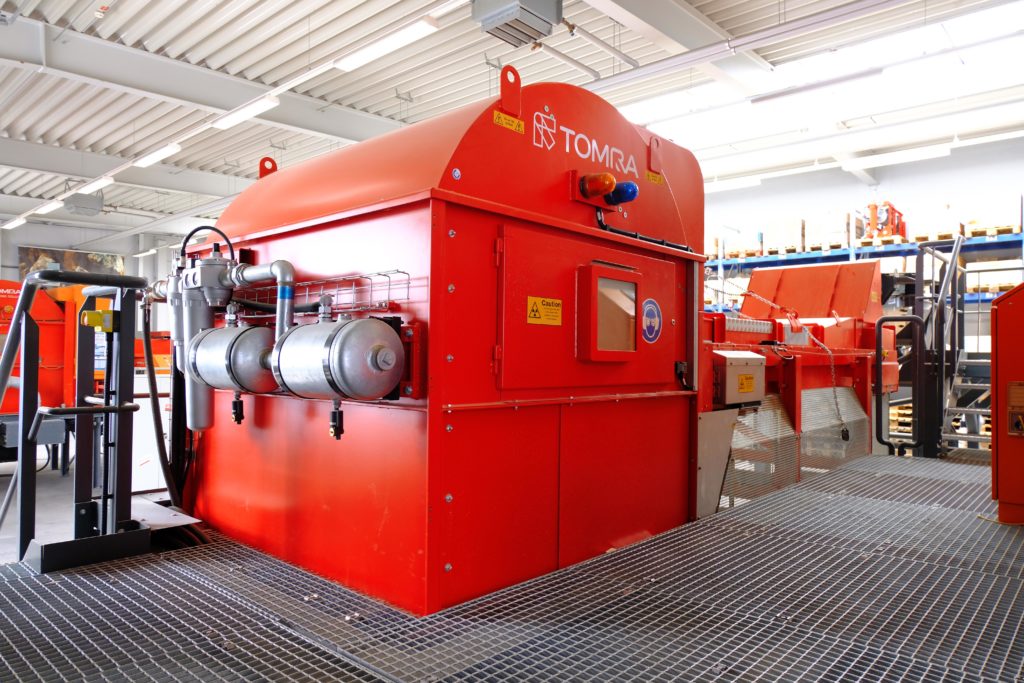
The high resolution TS100C ejection module features a new type of ejector that is four times faster than previous iterations, according to the company. Together with the new image processing unit, it delivers higher precision in sorting small particle sizes at high throughputs.
The mechanical design of the sorter has also been improved by the introduction of a new splitter plate and more precise calibration equipment to ensure the greater precision in the alignment between detection and ejection systems required for fine particles, according to TOMRA.
This has been captured in field tests that started back in May 2022, showing an up to 30 t/h boost in capacity, an increase in product recovery and a reduction in energy consumption.
Ines Hartwig, Director Product Management at TOMRA Mining, told IM on the side lines of the recent SME MINEXCHANGE 2023 Annual Conference & Expo in Denver, that the company had been able to visualise such small size particles previously, but the mechanical ejection function had not been able to keep up.
“This new ejection module is a significant leap forward for TOMRA, and we believe the whole particle sorting setup within the industry,” she said.
And, while the industrial minerals sector was the first one pushing for these developments, Hartwig said she expected the metal miners to also benefit from this.
“We have visited operations all over the world that have stockpiled fine material as they simply couldn’t process it with the technology on the market,” she said. “We’re now opening up many new opportunities for these companies.”
To gain field experience on the new ejection module, TOMRA partnered with a customer who has been running a COM Tertiary XRT to produce high-grade magnesite for more than two years. The sorter removes up to 50% low-grade and waste material from the raw magnesite feed, with particle sizes ranging from 10 to 35 mm at about 20 t/h.

“After conducting the test work with the TS100C ejection module at the TOMRA Test Center, we were confident that it would be very beneficial for this customer,” Hartwig says. “We showed them the test results and outlined the benefits we expected the module to deliver. As soon as they saw the possible reduction in compressed air use and the consequent cost savings, they were very interested in doing the field trial!”
The customer, the magnesite operation in Turkey, completed several trials, documenting the energy savings and sorting efficiencies. The results showed a 70% reduction in air consumption with an increase in product recovery with a lower mass pull to waste by producing the same product quality, and a capacity increase ranging from 20 t/h to 30 t/h with comparable results, according to TOMRA.
The COM Tertiary XRT Fines sorter featuring the new TS100C ejection module has been installed at the TOMRA Test Center in Wedel, Germany, and is ready to run tests for customers on material samples from their mines, TOMRA says.
Hartwig said she expected existing COM Tertiary XRT customers to upgrade to the new module with the company’s retrofit solution, but there were also many new customers expected to acquire brand-new units.
“There is a significant ‘new’ market out there that we expect to take advantage of this technology,” she said. “The economic and environmental value case at many of these operations can be vastly improved by using the COM Tertiary XRT Fines sorter.”







